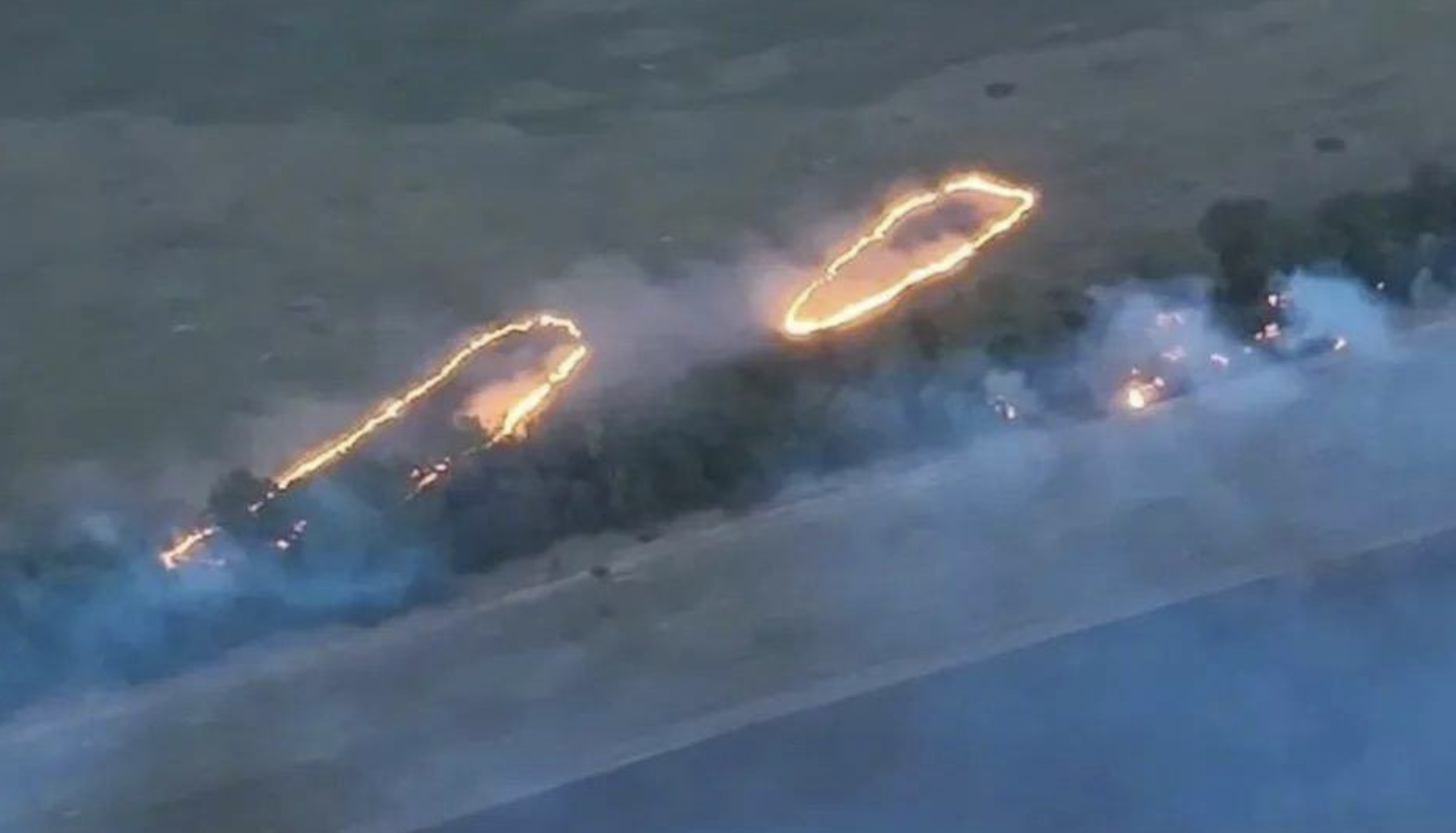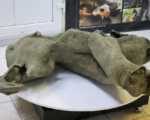Ukraine’s ‘Dragon Drones’ Unleash Molten Metal in Latest Battlefield Innovation

In the ongoing conflict between Ukraine and Russia, Ukraine has introduced a terrifying new weapon: thermite-laden drones, often referred to as “dragon drones.” These drones, equipped with a potent incendiary compound, have been used to target Russian positions with intense, fire-spewing attacks.
Technology and Use The drones deploy a mixture of aluminum powder and iron oxide known as thermite, which burns at temperatures up to 4,000 degrees Fahrenheit (2,200 degrees Celsius). This extremely high heat can effectively burn through vegetation, structures, and even metal, making it a formidable weapon in modern warfare.
Videos shared on social media by the Ukrainian Defense Ministry demonstrate the drones dropping streams of molten metal onto Russian-held positions, creating a dramatic and fearsome effect. The Ukrainian 60th Mechanized Brigade has highlighted the drones as “wings of vengeance,” emphasizing their precision and psychological impact.
Historical Context Thermite, discovered in the 1890s, was initially used for industrial purposes such as welding railroad tracks. Its military applications became evident during World War I, when it was used in aerial bombs by Germany. Both World Wars saw extensive use of thermite, including its deployment in disabling enemy artillery.
In recent times, Ukraine has adapted thermite for use with drones, enabling targeted strikes that can disable tanks and other equipment. According to Action on Armed Violence (AOAV), this method of delivery allows for precise attacks that bypass traditional defenses, enhancing its effectiveness in modern combat scenarios.
Legal and Ethical Concerns While thermite is not banned under international law, its use is heavily regulated, particularly in terms of targeting civilian areas. The weapon’s devastating effects, including severe burns and long-term medical complications, are well-documented. Human Rights Watch has criticized incendiary weapons for their horrific impact on human health, including deep burns and severe physical trauma.
Impact and Strategy The introduction of thermite drones adds a new dimension to the ongoing conflict, providing Ukraine with a means to exert psychological pressure on Russian forces. Nicholas Drummond, a defense analyst, notes that while thermite drones may not be a game-changer in terms of battlefield strategy, they contribute to creating a climate of fear and uncertainty among enemy troops.
Ukraine’s innovative use of drones reflects a broader trend of adapting technology to gain tactical advantages in the conflict. Despite the ongoing challenges, the effective use of thermite drones represents a significant advancement in Ukraine’s ability to disrupt and demoralize Russian forces.
Broader Implications The use of thermite and other incendiary weapons highlights the evolving nature of warfare and the increasing role of technology in military strategies. As both sides continue to develop and deploy advanced weaponry, the impact on civilian populations and the ethical considerations surrounding these innovations will remain critical issues in the ongoing conflict.
Overall, Ukraine’s deployment of “dragon drones” underscores the growing complexity of modern warfare and the relentless pursuit of technological advancements to gain the upper hand in battle.




















